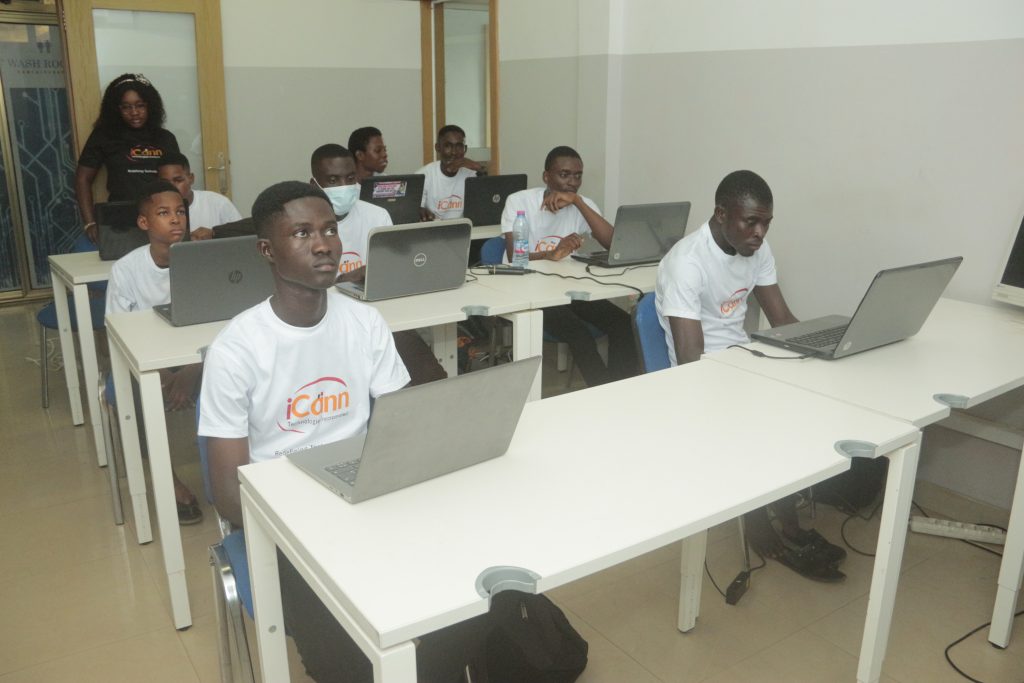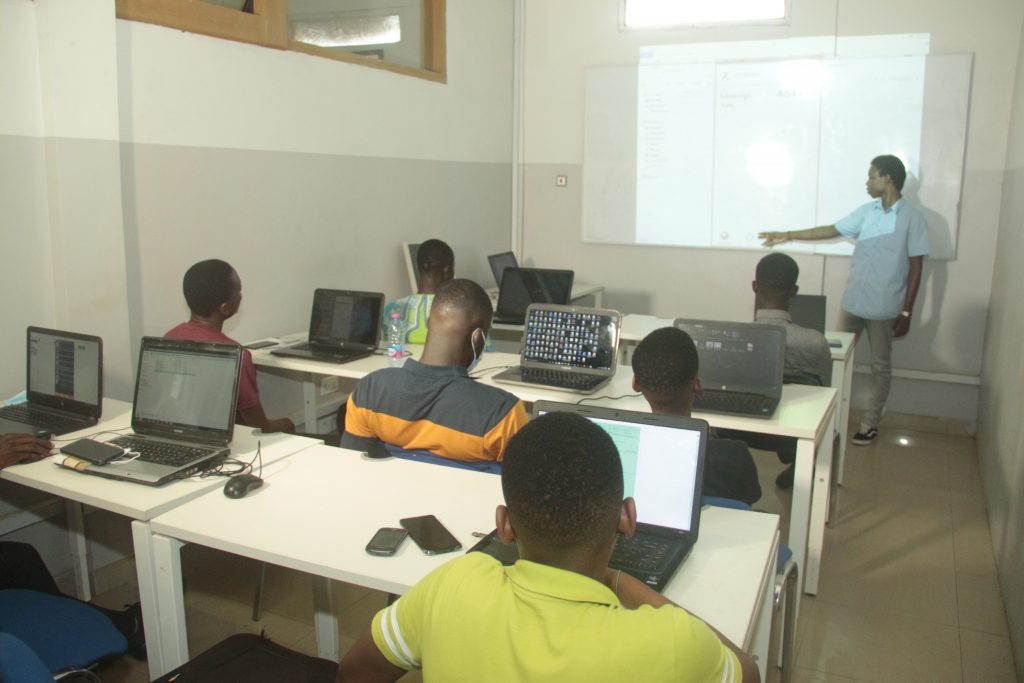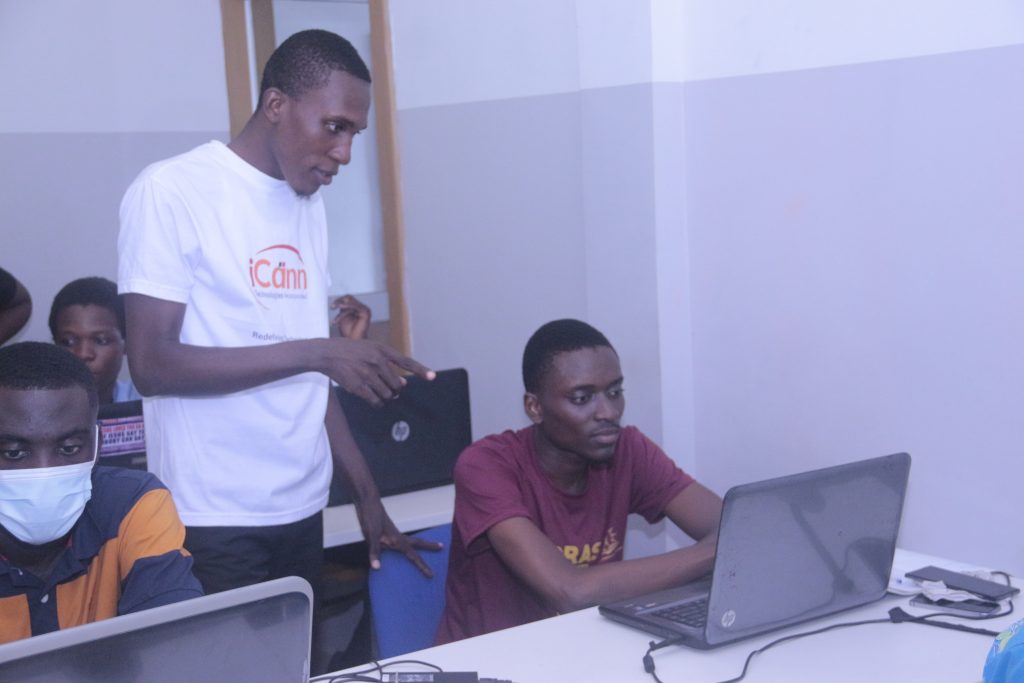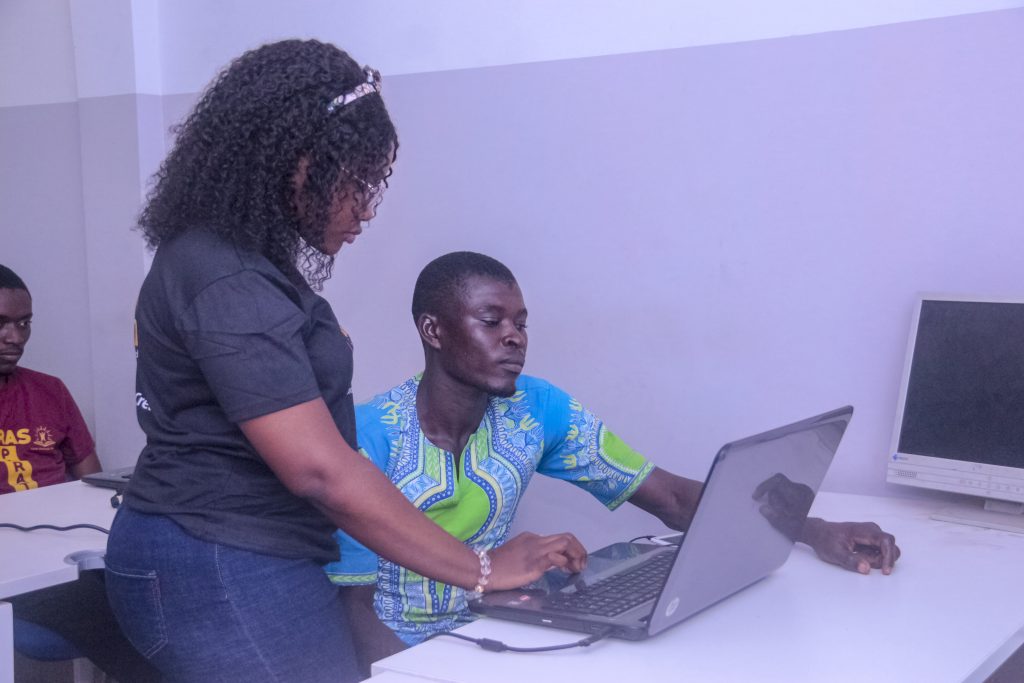
Software Development refers to all the processes involved in creating mobile apps and software for various devices. This course covers not just the programming aspects of Software development, but also entails the business aspects that will help make a successful software development career.
The course uses various familiar illustrations to explain complex programming concepts to make them very simple to understand.
There are a lot of activities and assignments involved in this course to make it very practical, and not limited to theoretical knowledge. Real-world projects will also be tackled throughout the course to give the student a practical real-life experience of how the software industry works. At the end of the course, the student would become a functional developer capable of taking on real-life projects.
Software development goes through stages of planning, analysis, design, implementation, testing, and maintenance. Every stage is important and contributes to the success of software development. This section gives the student the necessary theoretical knowledge concerning the stages involved in developing software. At this stage, the student begins the first phase of their practical learning in the course, as they attempt designing software by going through some of the first stages of the software development life cycle.
In this section, the student learns how to transform user requirements into some suitable form, which helps the programmer in the software coding and implementation.
The students will also learn how to use the UML Model in documenting design and analyzing results. We will also look at the different levels of software design which include; Architectural Design, High-Level Design and Detailed Design.
This section is mainly divided into Software Evolution, and Coupling and Cohesion.
This Section includes the initial development of software and its maintenance and updates, till desired software product is developed, which satisfies the expected requirements, also the Various software evolution Laws would be covered in this session.
When a software program is modularized, its tasks are divided into several modules based on some characteristics. The Section will teach students the measures by which the quality of a design of modules and their interaction among them can be measured.
The section primarily deals with Data Flow Diagram, Decision tables, Data Dictionary, and Structure Chart.
A data-flow diagram is a way of Representing the flow of data through an information system. The Diagram also provides information about the outputs and inputs of each entity and the process itself.
Decision table represents conditions and the respective actions to be performed.
This section will help students to group similar information into a single table to make decision easy and convenient
With Data dictionary, students will learn the meaning, origin of data and its relationship with other data
A structure chart (SC) in software engineering and organizational theory is a chart which shows the breakdown of a system to its lowest manageable levels. They are used in structured programming to arrange program modules into a tree. Each module is represented by a box, which contains the module’s name. The tree structure visualizes the relationships between modules
The user interface of every application or website is the visible structure by which users interact with the software/website. It is important to have a well-structured and user-friendly interface for your software or website to enhance the user’s experience on your software or website. The section brings to light the importance of user interface and user experience design in software development.
Data structure is a collection of data values, the relationships among them, and the functions or operations that can be applied to the data.
Students will learn how to Organize, Process, retrieve and store data.
This section highlights the various programming paradigms/methods. It also explores data types and their unique use in programming. It is very important to plan or architect software to be developed through the various forms of algorithms to have clean code, and easy coding experience. The session takes the student through the practical designing of algorithms to solve various forms of programming problems.
This is a full coding practical section where the students start learning how to code using LCD to enable them move into the advanced training of building real Applications.
This is a full coding practical section where the student is engaged in converting algorithms into working programming codes.
This section is an introduction to the use of databases in your software development. Databases are key in structuring information and using them appropriately in many software projects. Where user registration is a requirement in software, it is important to structure user information with databases to generate the appropriate content and functionalities according to the type of registered users.
The section also describes the structure of a database with the help of diagrams.
An Entity Relation diagram shows the relationship among similar entities and those entities can have attributes. database with the help of diagrams.
Some major real-world applications/ projects would be developed in this section. These would apply all the major programming practices and skills developed previously in the courses. We’ll make use of all stages of the Software development life cycle to be able to achieve this.
Students will be building real world Message Applications individually, which will enable them to send text messages.
Individual students will have the privilege to build an Application used for calculation. We have selected the calculator because it has simple functionality, but provides an immediate boost in the student’s confidence.
The Notes App allows us to introduce the idea of text data and files. By creating a list of notes, a view mode and then an edit, the students will also start to understand the state and the benefits of permanent storage.
Students will learn how to make their first game Applications which will pave the way for them to make a lot of advanced games on their own with the concept they will be taught.
Developing this management system is a gateway to develop any kind of management systems for either schools, hospitals or any other organization
Having the skills of programming, an individual needs to make financial gains through several career options. The conduct of business in software development ought to be understood by every programmer. Ways to move into any of the several career paths, or develop companies out of programming ideas are also tackled. Students need to be equipped with financial skills to make the most monetary and non-monetary value out of their future projects.

a. 3 hours a day
b. 9 hours a week
c. 36 hours a month
C. 216 hours for 6months
– UX/UI designer
– Software Development / Software Application Developer.
– Computer Systems Engineer / Software Engineer.
– Software Quality Assurance (QA) engineer.
– Computer programmer
– Front End Developer
– Back End Developer
– Full Stack Developer
– Software Text Engineer
– Mobile Developer
Boot camps are short term, intense training sessions designed to prepare students for the practical reality of development.
This short course is a one month course for those who would want to enroll in the Full Professional Course but want a starter course before enrolling. In this boot camp course we will be building mini-applications using the Software Development Life Cycle. After enrolling in the boot camp, if the student is still interested in the Full Professional Course there is a 20% discount on the Full Professional Course. The Course has 8 modules or 8 sections. And the meeting times are as follows;



Hello and Welcome to iCann School of Technology. We are really excited to have you in this massive course and we promise you made the right choice by joining us in this adventure. Without much ado, let’s have a quick overview of how this boot camp is organized, the projects that we are going to build and code together and the topics we are going to cover in this course. This App Creation Boot camp is made up of a total of 8 Modules, There will be assignments, quizzes and group discussions at the end of each Module.
Modules Details
– Data and Information
– Computer Programming, Coding and Software Development
– Programming Languages, Types of Programming Languages and Examples
– Translators in Programming and their Types
Modules Details
Module 2 – Software Development Cycle
– What is Software Development Cycle?
– What is UI and UX Design
– Data Types, Variables
Modules Details
Module 3 – Algorithms
– What is Algorithm?
– What are the forms of Algorithms?
– What are the constructs of Algorithms?
Modules Details
– Brief History of LCD
– Introduction to LCD language and IDE
– Introduction to Objects in LCD
– Handlers, Commands and Variables
– Control Structures
In this module we will be creating our first application which accepts user data and then displays it to the screen.
This is a full coding practical section where the students start learning how to code using LCD to enable them move into the advanced training of building real Applications.
a. 2 hours a day
b. 4 hours a week
c. 16 hours a month